Tool use in animals isn’t just about survival anymore—it’s about how cleverly and creatively they solve problems.
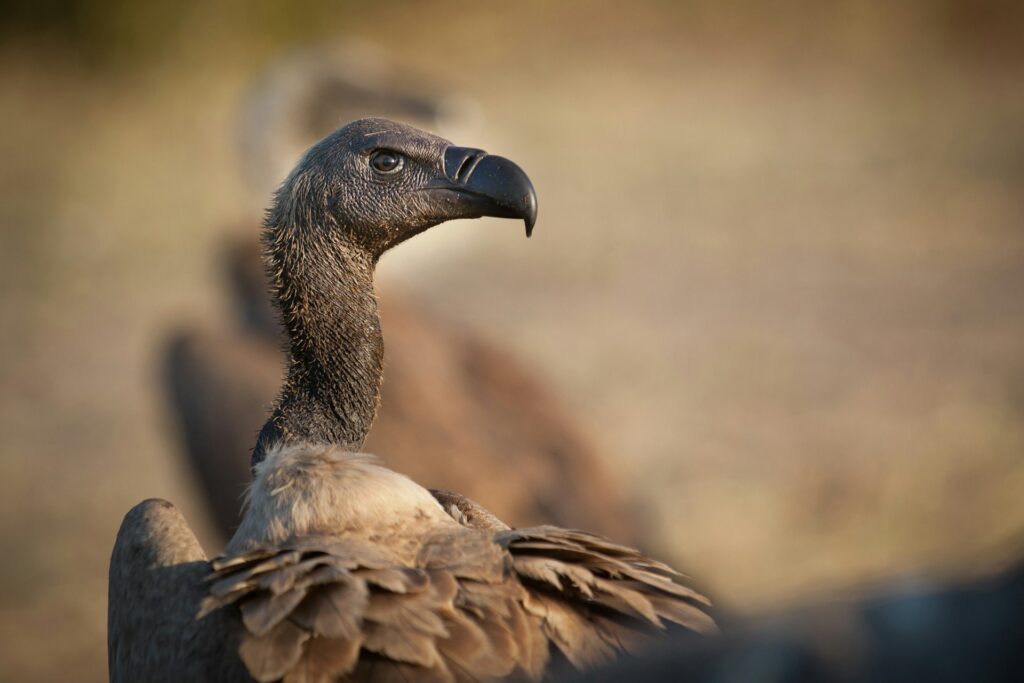
Some species don’t just pick up the nearest stick and poke at something. They measure, modify, and adapt with a level of planning that feels, frankly, engineered. From underwater planners to aerial tacticians, here are 12 animals whose tool use is so smart, it crosses into problem-solving territory humans assumed was ours alone.
1. New Caledonian crows shaping tools with functional design

These crows don’t just pick up sticks—they shape them with beak precision. They strip leaves into hooks, trim twigs into spears, and adjust their tools depending on the task. If one design doesn’t work, they modify it and try again. They’ve even been observed using “meta-tools”—tools to retrieve other tools. It’s not just problem-solving. It’s sequential reasoning, forward planning, and design thinking that would look at home in a workshop.
2. Octopuses building armoured shelters from coconut shells
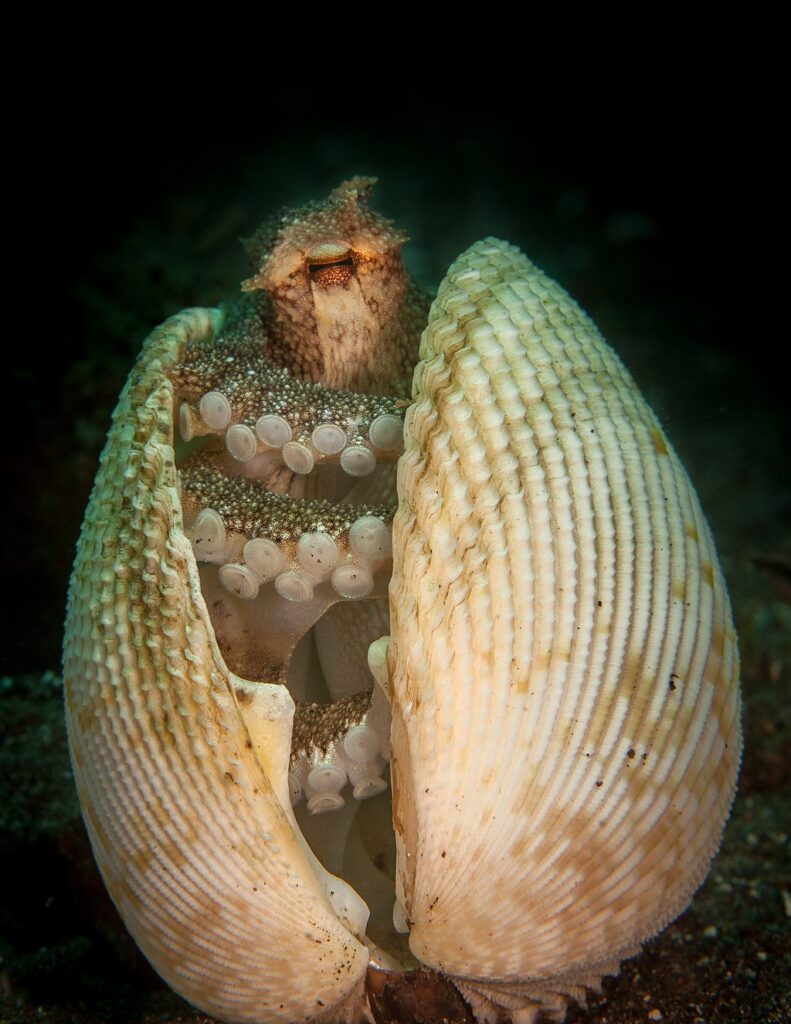
Coconut octopuses have been seen collecting halves of coconut shells and carrying them for long distances across the ocean floor—just to assemble them later into a protective shelter. They don’t use the first shell they find. They inspect. They plan.
It’s a clear case of portable, modular architecture. The octopus gathers each piece individually and reassembles them exactly when and where it’s needed. It’s not just use—it’s strategy, reuse, and on-demand deployment.
3. Chimpanzees modifying sticks to fish for termites

Chimpanzees in different regions have developed their own termite-fishing techniques. Some strip sticks to precise lengths, others fray the ends to make brushes, increasing surface area to pull out more termites with each go. It’s the kind of performance tweaking any engineer would respect: refining a tool’s design based on use feedback. These aren’t one-size-fits-all solutions—they’re regional tech, passed down through generations.
4. Dolphins using marine sponges as foraging gear

In parts of Australia, bottlenose dolphins tear off cone-shaped marine sponges and wear them over their beaks like gloves to protect themselves while foraging along the seafloor. It prevents cuts from sharp rocks and stings from bottom-dwelling creatures.
What’s striking is how selective and precise the behaviour is. Only certain dolphins do it, they use specific sponge types, and they’ve taught it to their young. It’s natural PPE—personal protective equipment, dolphin edition.
5. Woodpecker finches using cactus spines as tools
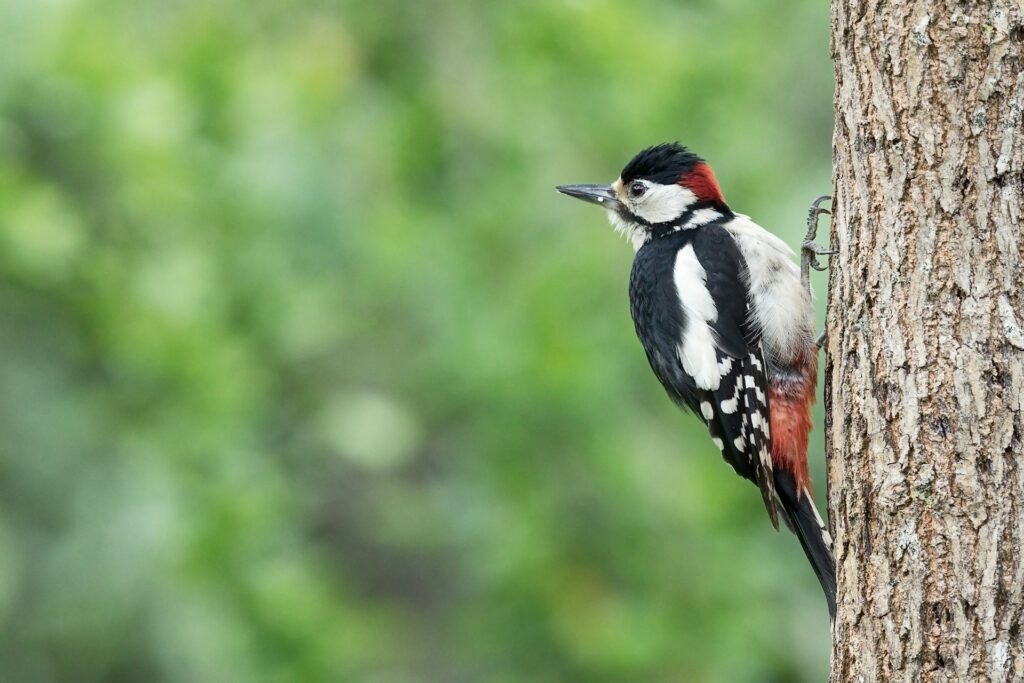
Native to the Galápagos, the woodpecker finch uses cactus spines to extract insects from tree bark. It selects and trims these spines, sometimes storing a favourite for repeated use. That alone shows long-term planning and efficiency. Unlike many birds, they don’t drop the tool after one use. They carry and reuse it throughout the day, like a field tech carrying a favourite screwdriver. It’s not just clever. It’s operational consistency.
6. Elephants using branches as fly swatters and scratchers

Elephants have been seen snapping off specific branches to swat flies off their backs, or to scratch hard-to-reach places. They adjust the size, remove leaves, and sometimes save the same branch for future use. They’ve even used logs to plug water holes or help calves cross ditches. These aren’t instinctive reactions—they’re flexible, purposeful adaptations to real-world problems. Elephants think big, but they engineer small, too.
7. Sea otters using rocks as underwater anvils

Sea otters are tool traditionalists. They use flat rocks to smash open shellfish, often resting them on their chests like mobile workbenches. Some even carry their favourite rocks in underarm pockets for later use. What sets them apart is how they choose the right tool for the right job—different shells require different rock shapes or striking styles. It’s basic material science, executed with adorable but very real precision.
8. Archerfish calculating physics in real time
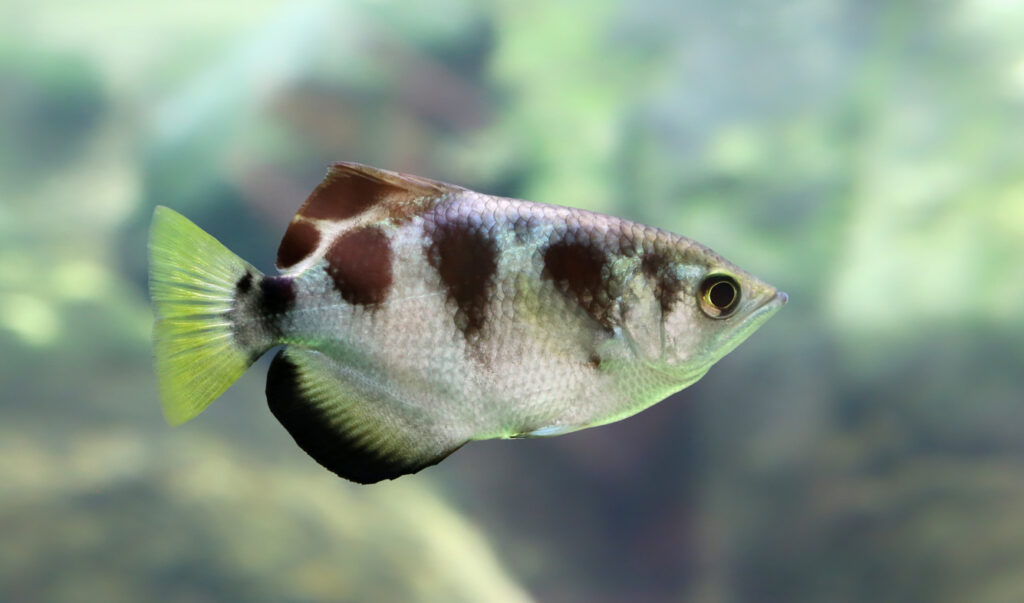
Archerfish shoot jets of water at insects perched above the surface—sometimes at distances up to two metres. But it’s more than aim—they account for light refraction, distance, and target weight when adjusting their shot angle and force. Engineers would call this compensating for optical distortion. The fish just call it dinner. They adjust based on wind, height, and even the size of the insect. It’s instinctive physics with split-second execution.
9. Capuchin monkeys using stones as hammers and anvils
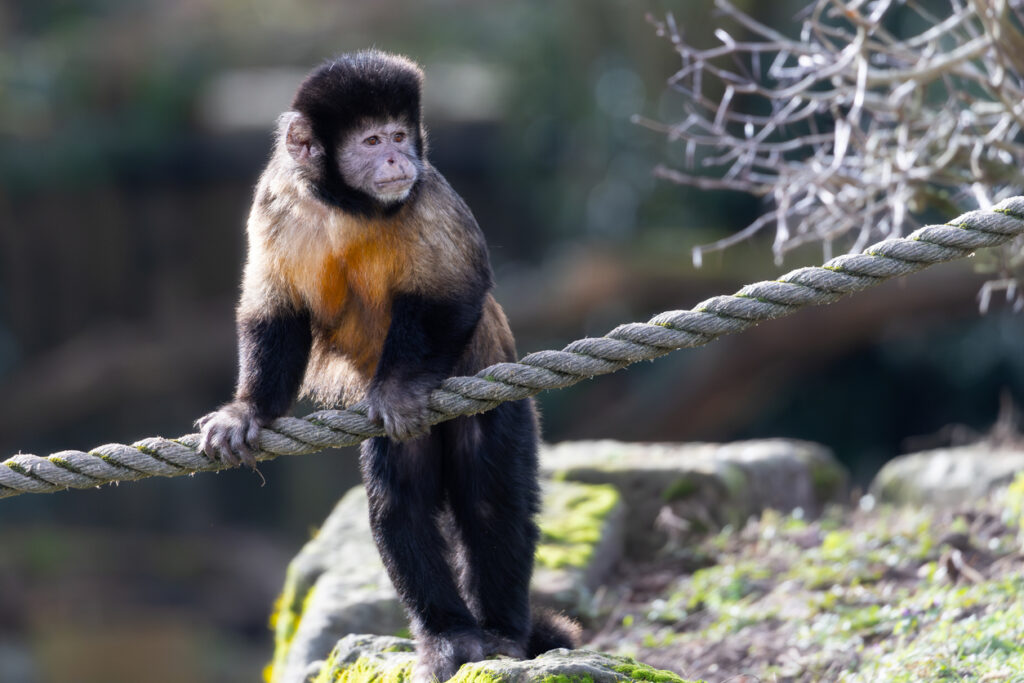
In Brazil, wild capuchin monkeys use large stones to crack open nuts on rock anvils. They test different stones for weight and grip, and even adjust their striking force depending on the shell type. Some stones show visible wear patterns from years of use. In some cases, monkeys pass these “tools” between generations, building a sort of open-air workshop culture that looks more Neolithic than animalistic.
10. Goffin’s cockatoos crafting tools from scratch

In lab experiments, Goffin’s cockatoos have shown the ability to create tools out of raw material—with no prior training. Given a flat sheet and a goal, they rip, shape, and test different tool shapes until something works. They don’t copy. They figure it out. That’s pure problem-solving—exactly what engineers do when prototypes fail. It’s abstract thinking with a beak and a deadline.
11. Egyptian vultures using stones to break eggs
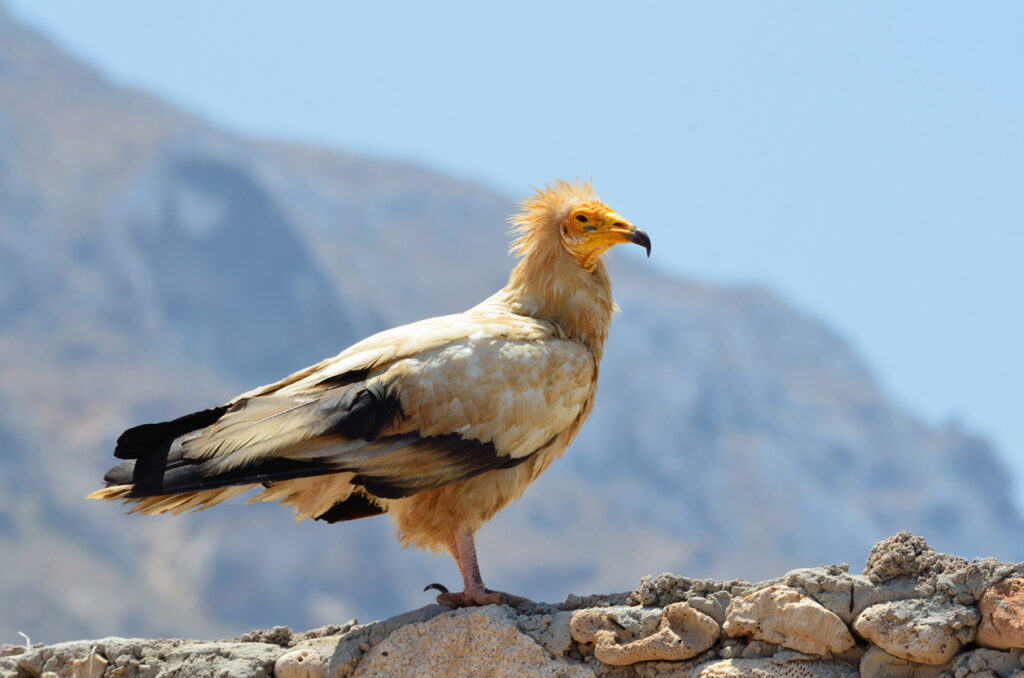
These vultures are among the few birds known to use rocks as tools in the wild. When they come across an ostrich egg (which is too hard to peck open), they pick up stones in their beaks and hurl them at the shell repeatedly until it cracks. It’s targeted, persistent, and surprisingly efficient. They choose stones with care—not just any rock will do. The precision of the strikes and the decision to use external objects both speak to planned, mechanical-style reasoning.
12. Bearded capuchins using portable toolkits in the wild
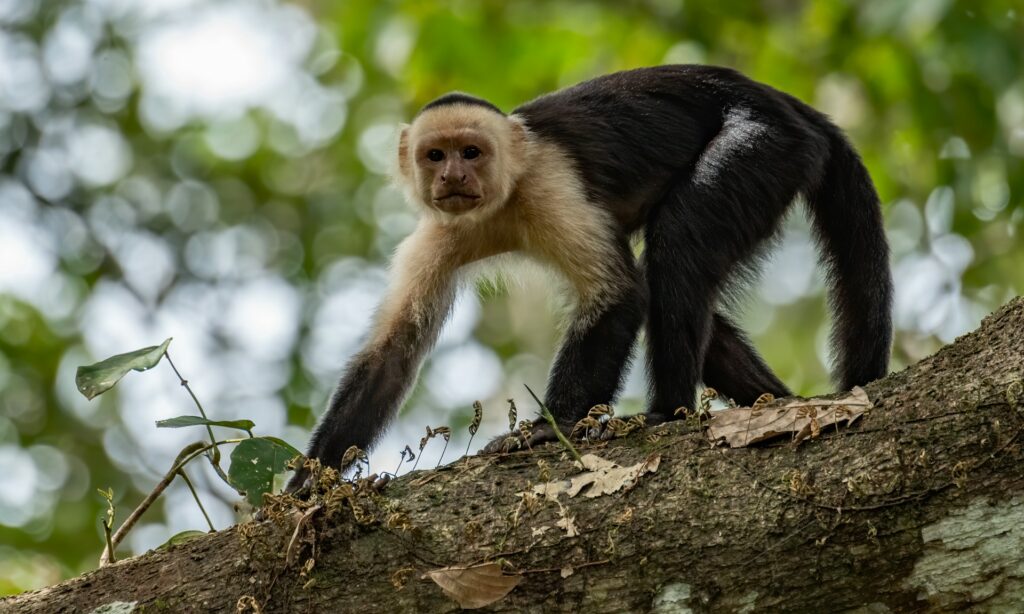
Some capuchin populations not only use tools but carry a “kit” of stones with them, depending on where they’re foraging. They cache them near known nut trees or even carry multiple options for different tasks. This shows premeditation and environmental mapping. They don’t just respond to problems—they prepare for them. That’s field-ready problem-solving, not far off from a mobile technician packing gear based on the job site.